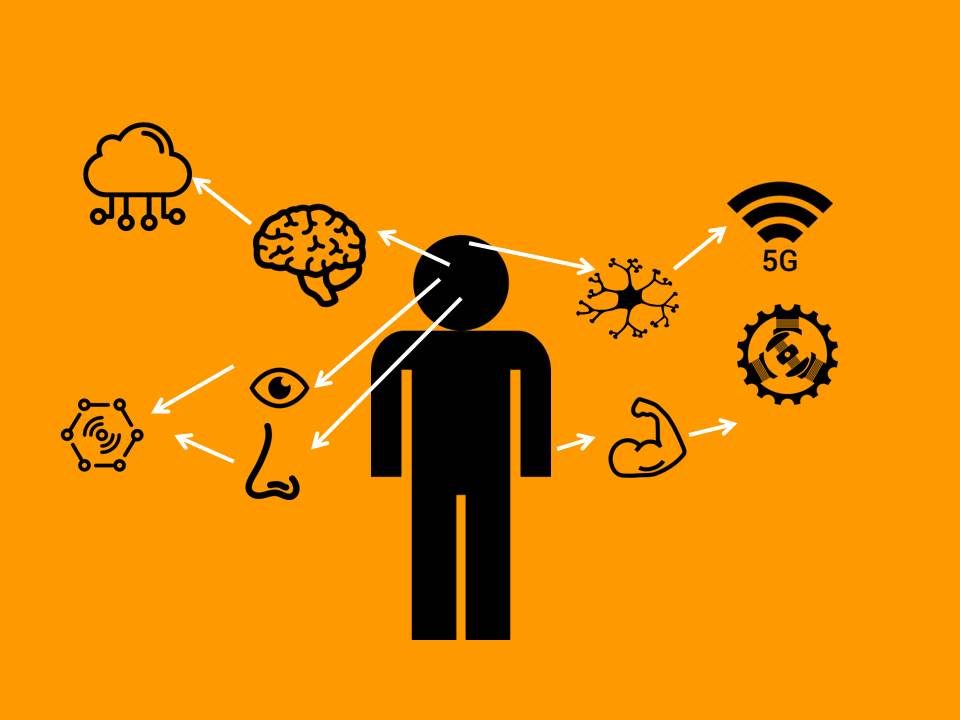
AI has been predicted to enhance, replace or create new possibilities for humans. It is undeniable that AI can perform specific tasks better than humans; in essence the existing AI systems are great specialists, but not terribly good generalists. Of course, the artificial general intelligence (AGI) is the next logical development of AI, but it is not yet achieved.
In a way, no currently existing AI systems are able to be as versatile as humans, but they excel in their allotted jobs. Not only are they more consistent; able to function at 100% efficiency, 100% of the time; they are also more economic. AI implementations may require a higher initial investment; but the subsequent costs are expected to be lower than hiring the same amount of humans to do the jobs the system is expected to perform. The questions then are: how deeply will AI integrate itself with humans and what about the displaced humans?
The Ubiquitous Worker
AI is continuously developed for multiple industries; both in the digital and physical world. Most of the purpose is to improve efficiency & effectiveness, reduce cost, and discover new opportunities & possibilities; however AI can and will also be used to maintain operations.
Using a human as a comparison, AI models are similar to the mind. An elaborate enough AI system can even mimic a form of sentience currently seen in living organisms. When combined with other technologies, AI can perform more complicated and extensive functions. For example; IoT can serve as the AI’s senses, actuators and electronics as the muscles, 5G as the synapses, and cloud as the brain. This AI powered technology that can function in the physical world with is what’s known as Embodied AI or AI robots. With a semi-sentient robot, it would not be at all surprising to see more of them used in place of people or in conjunction with people.
It is important to note that this is not the only possible combination. When combined with AI, Cloud can also enable an ever-present AI which can serve multiple functions in multiple places; all at once. This combination can easily be seen in smart cities where AI systems essentially steer the function and operation of an area in all aspects or in a smaller application, in a smart warehouse. When combined with autonomous vehicles and smart transportation, the system will resemble Swarm Intelligence (SI); where extensions of the AI work tirelessly and stably like clockwork to improve both the citizens’ livelihood and quality of life.
What About the Humans?
Currently existing AI systems are great specialists, but not generalists. Put differently, while humans can excel in more than one broad area, AI systems do not have the same capabilities. For example, Bruce Dickinson is the vocalist of a famous band (Iron Maiden), while also a licensed pilot, a fencer, and an author; among many other accomplishments. However, no present AI solution can boast the same set of skills and accomplishments. Of course AI can be taught or trained to sing, fly or drive, fight, and do creative work; but the resulting work for the time being still leaves rooms for improvements
This can be a good thing for humans, because this means we have a way to protect our livelihood which is to diversify our skillsets; giving us more opportunities that are not AI-replaceable yet. Another method which might be even more beneficial is learning to work with the AI. A recent report from Accenture implied that when experts work together with AI, their efficacy will be improved by a significant margin. The report also stated that AI will affect the job content more than it would the number of jobs. So perhaps humans have less to worry about AI in the workforce, but instead will need to consider more what or how their new jobs will be like.
Conclusion
Technological unemployment has been a concern since time immemorial; labor saving measures have also been introduced with varying degrees of success. The difference with AI is that it is affecting people currently in employment. The macroeconomic situation at the time of AI implementation might make supporting the displaced workers impossible. When employers are still trying to figure out what to do with the new technology, they might also be reluctant or unable to support the workers. More responsibilities might be in the employers’ side to facilitate employees’ shift towards AI powered work.
See More AI Applications in InnoVEX 2019
AI was one of the main topics of InnoVEX 2018 and still remains a hot topic as its diverse application can be utilized in many industries with future possibilities still open. Relating to this growing trend, InnoVEX 2019 will have a dedicated Theme pavilion on AI for the very first time. Startups interested in joining can register to exhibit here.